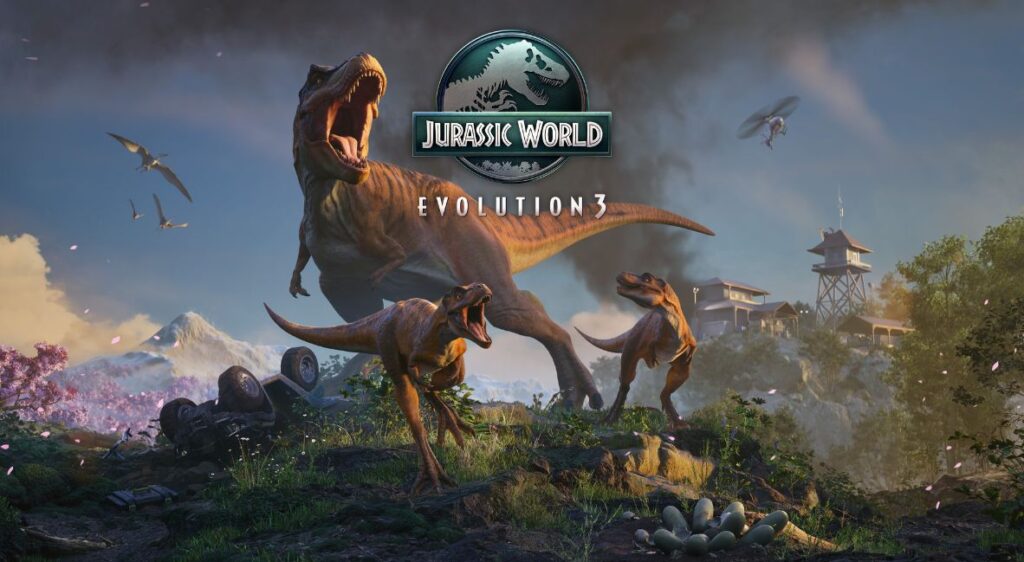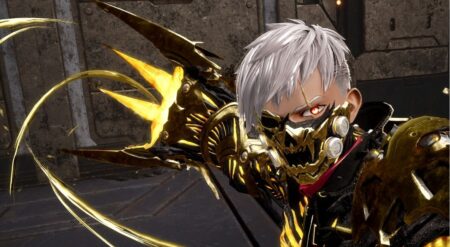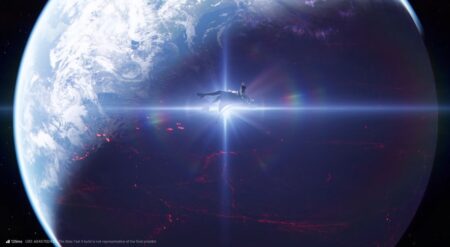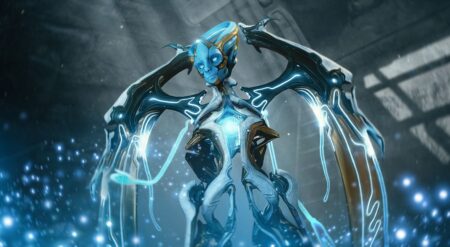Read our interview with Jurassic World Evolution 3’s Game Director here.
Frontier Developments, the studio known for creating robust park management simulators, continues to tap into every person’s childhood love: dinosaurs. The third game in the series, Jurassic World Evolution 3, continues to place players in the shoes of dinosaur park creators and managers, while also taking into account the events of the continuing film franchise on which it’s based.
We went hands-on with Jurassic World Evolution 3 during a media preview event held in London, England. We explored some of the new features coming to the latest installment. Returning Jurassic World Evolution players will be familiar with the foundation gameplay in this installment. Still, building and managing your dinosaur park will be more expensive than in the previous iterations, and more importantly, creativity seems to really be at the forefront of Jurassic World Evolution 3 in new ways.
The Jurassic World Evolution franchise has, for the most part, been in lock step with the wider Jurassic World franchise. The games’ storytelling takes into account each film’s circumstances, utilizing humans’ relationships with dinosaurs and notable characters to establish the large-scale story beats and quests. Additionally, previous games have always allowed players to experience some cinematic favorite moments as well—most notably with the Return to Jurassic Park DLC.
Jurassic World Evolution 3 is about expanding how you care for dinosaurs and creativity.
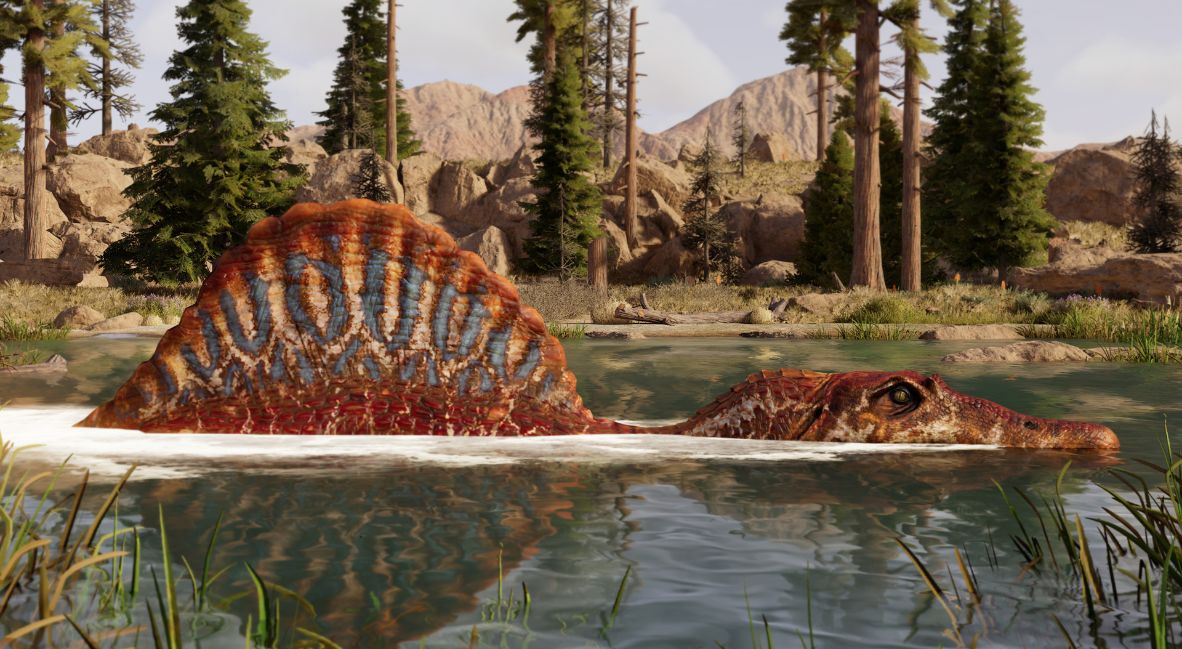
By that token, Jurassic World Evolution 3 takes place after the events of Jurassic World Evolution 2 and Jurassic World: Dominion. For those not familiar with the Jurassic World timeline as it stands now, the dinosaurs are now “free” and inhabiting various parts of the world. They are trying to survive a world that wasn’t built for them, one of the key lore elements from Jurassic World: Rebirth.
Frontier Developments has adapted “dinosaur freedom” in the park management sim in three main ways: showcasing different dinosaur generations, promoting conservation, and encouraging player creativity. All of these elements are carried through the game’s campaign and in sandbox mode.
Players will work with a new organization called the Dinosaur Integration Network, or D.I.N. Much like the organization’s name, integrating dinosaurs is the basis of the game, and a key component for both the campaign and the sandbox, through the three main gameplay elements mentioned above.
Interacting with different generations of dinosaurs is all about nurturing dinosaur family units. It also marks the first time that the Jurassic World Evolution franchise will feature juvenile dinosaurs as well as a full dinosaur breeding and husbandry system. As Dr. Ian Malcom says, “Life finds a way,” and players this time around will get to help that life find a way.
Dinosaur families add more complexity to enclosure management.
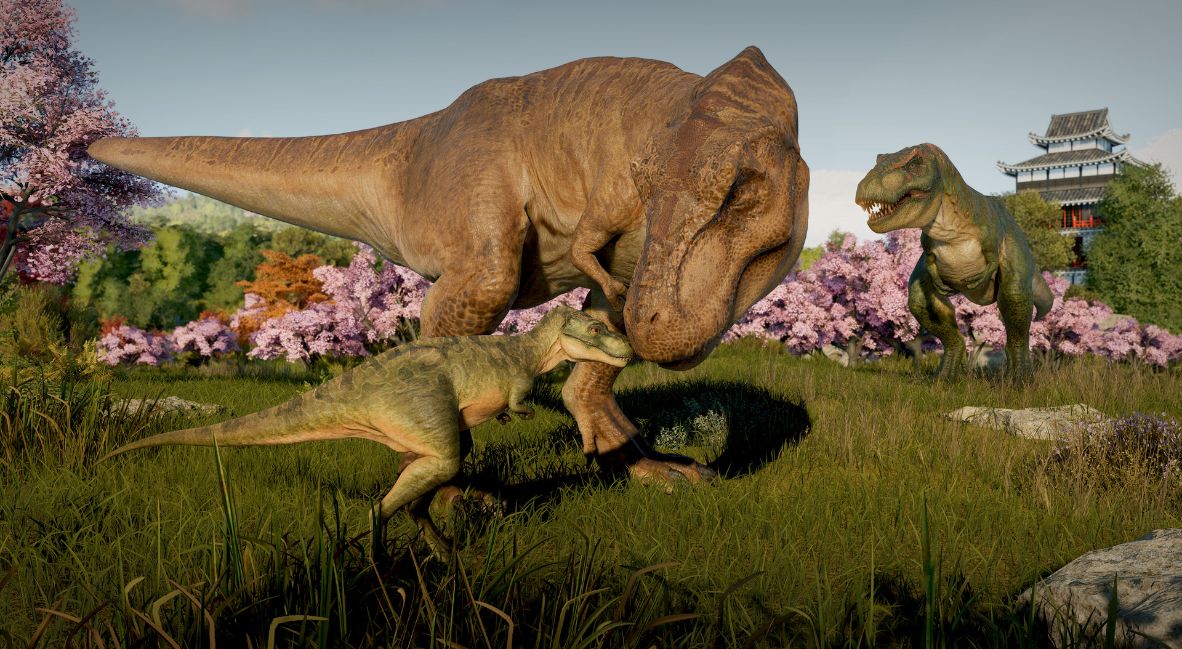
The dinosaurs are in the wild now and will need not only to survive in their environment, but also to reproduce to ensure their survival. Dinosaurs will be able to produce their own offspring, which will have their own unique set of needs, genetics, and behaviors, taking human creation out of the equation and refocusing on science’s role in dinosaur life. Plus, these juvenile dinosaurs are very adorable and will easily steal the show at your park.
These juveniles, if properly cared for, will mature into adults over time and eventually produce their own offspring. Players will be able to see and play with parental genetics, attempting to select and choose which traits their young juveniles will inherit over time.
Players will also need to manage these growing juveniles, paying attention to their behaviors and needs as they change over time as they mature. One example is how a T. rex may eventually want to become the alpha of the enclosure, making players manage that situation, or if their enclosure ends up with too many dinosaurs.
Effective management of dinosaur populations leads to conservation. Conservation is the core theme in Jurassic World Evolution 3. Players manage every aspect of their dinosaur enclosures to keep their dinosaurs happy. From foliage to amount of water to types of plants, all of it matters to creating a healthy environment for your dinosaurs.
Everything matters in Jurassic World Evolution 3, from the types of foliage to the climate.
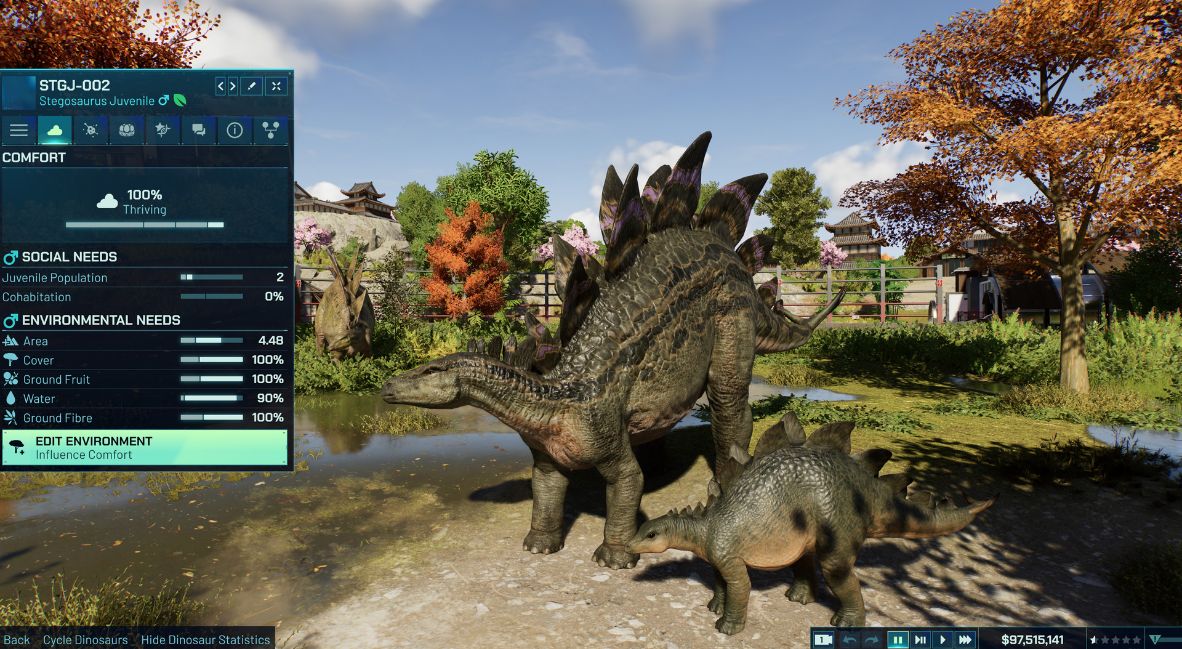
The number of dinosaurs in the enclosure and the species present are also essential elements to manage. During my playtime, the conservation elements and how they are managed made me think of Planet Zoo (a pillar in the Frontier Developments library), which also places a great deal of emphasis on conservation and animal management.
Starting out, conservation can seem like an easy requirement to meet. Still, as more species are added to an enclosure or, better yet, juveniles, these needs can become quite tricky to balance against others, since juveniles and adults of the same species can have different needs and requirements within the same enclosure.
As much as players here try to integrate dinosaurs into their enclosures, they still need to provide entertainment for their guests, so this also plays a role in navigating that balance. Even something as simple as making sure your guests can have a great view of the newly born juveniles shapes your enclosure.
Of course, weather and environment will play a role in this management. Different dinosaurs thrive in different climates. So, while players need to worry about a sandstorm ruining their park, they will also need to worry about whether a dinosaur they have placed in an enclosure can survive in the climate and/or how to adjust their enclosure to suit its needs (a key worldbuilding element).
Creativity takes center stage in Jurassic World Evolution 3 with new creation tools.
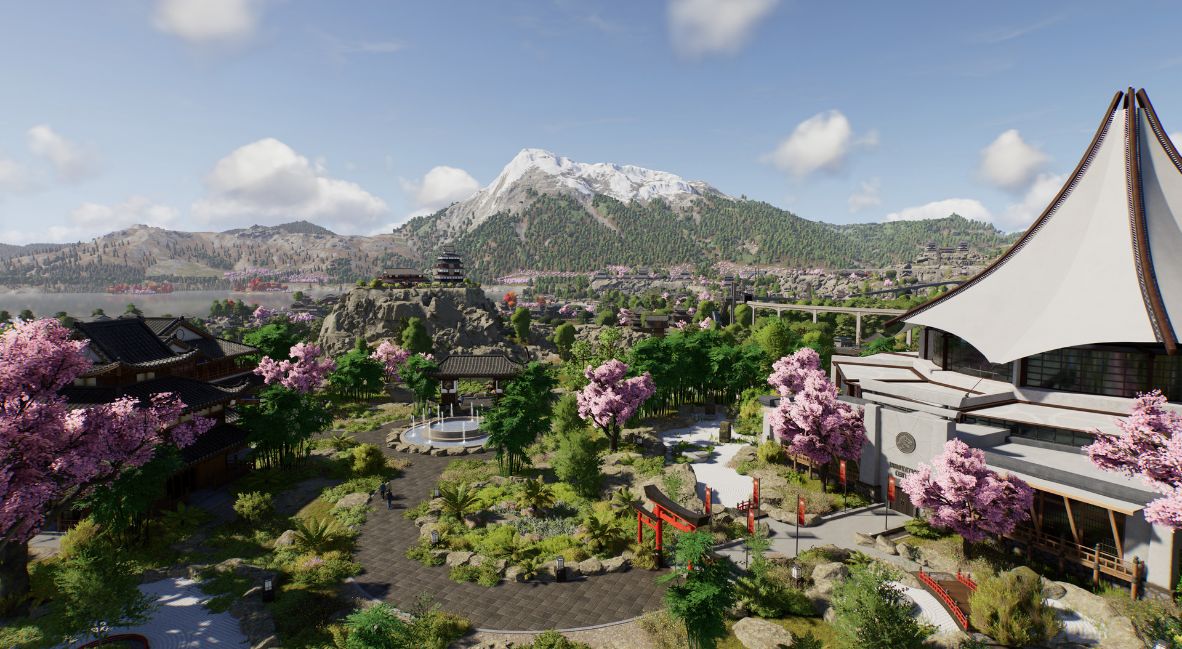
This leads into the last part, and that is creativity and expansion. Over the years, Jurassic World Evolution and Jurassic World Evolution 2 have expanded on park building, featuring more attractions, various park types, and, of course, different kinds of dinosaurs. For Jurassic World Evolution 3, Frontier has added plenty of new construction and terrain tools for players to use.
This includes not only expanding foliage but also adding more than just dragging a singular plant and dropping plants into the enclosure. Now, you will have a paintbrush that allows you to fill in the type of foliage or terrain you wish to place in your enclosure, making it easier to manage. Additionally, terraforming is another big element, where players can form their own mountains or valleys or even waterfalls within their dinosaur parks.
Although our playthrough was limited, and we did not get to see all of these features, I was able to observe how players can utilize terrain as a natural boundary for an enclosure. Looking at my site map, I was confused at first since I only saw fragments of fencing and didn’t understand the enclosure. But once I took a second to actually look at the environment, I saw that a cliffside actually made up part of the enclosure’s boundary line, so no fence was needed.
These tools really enable players to get creative with their landscaping and make their enclosure look more natural, if they choose to, rather than using large metal fencing. Of course, one must be wary, as if not done correctly, then animals could escape or lead to issues with access for your park teams.
Jurassic Evolution 3 is more expansive and adds even more replayability.
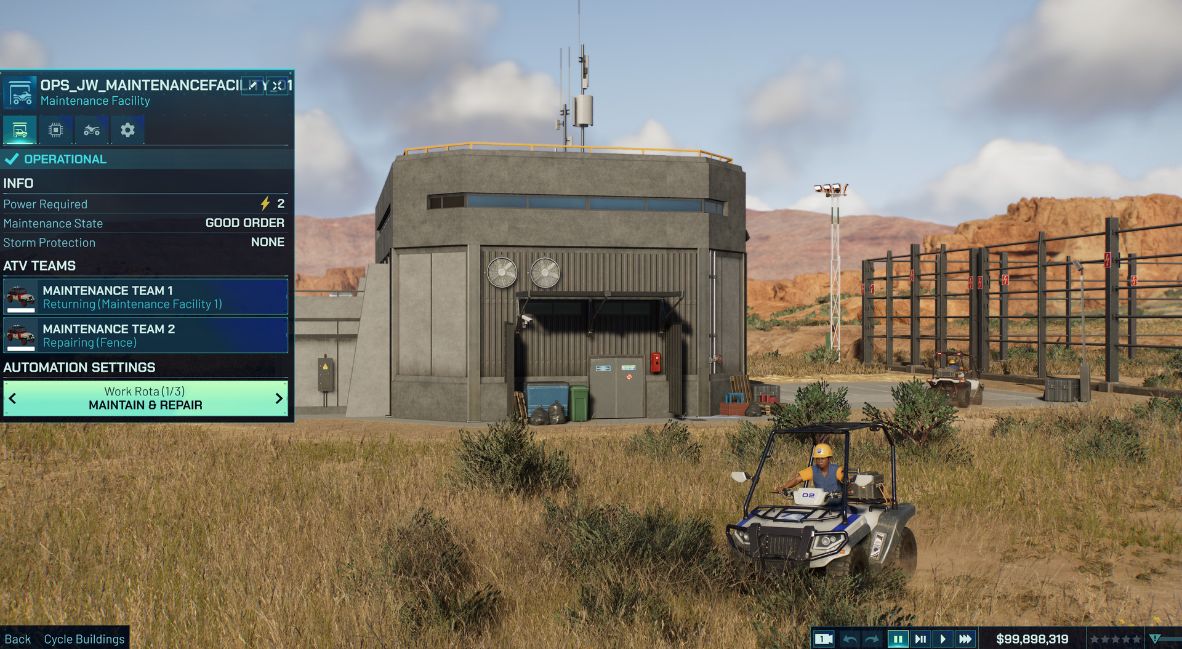
Additionally, Modular buildings allow players to customize a significant portion of their enclosures and the park’s different buildings. Whether players choose to use a pre-built design or build from scratch these options are available. All of these options really showcased the creative freedom Jurassic World Evolution 3 is bringing to park building.
Overall, this was only a taste of what is to come and so much more to explore when Jurassic World Evolution 3 releases in October. There is always a worry in franchises like this of why we are making a new one, but so far, from what I was able to see, Frontier Developments really made this game way more expansive than the previous iterations. Players will have way more creativity in building their parks, whether it be the type of dinosaurs, the look of their buildings, regions available, or even deep diving into breeding their own dinosaur families.
There will still be that familiarity of needing to manage multiple parks to discover and unlock new dinosaurs or various other researchable items, but the new tools for park design and expanded conservation and caretaking elements set up Jurassic World Evolution 3 for even more replayability and exploration.
Jurassic World Evolution 3 Is Expansive, More Creative, And More Adorable | Hands-On Gameplay
Frontier Developments, the studio known for creating robust park management simulators, continues to tap into every person’s childhood love: dinosaurs. The third game in the series, Jurassic World Evolution 3, continues to place players in the shoes of dinosaur park creators and managers, while also taking into account the events of the continuing film franchise on which it’s based.

